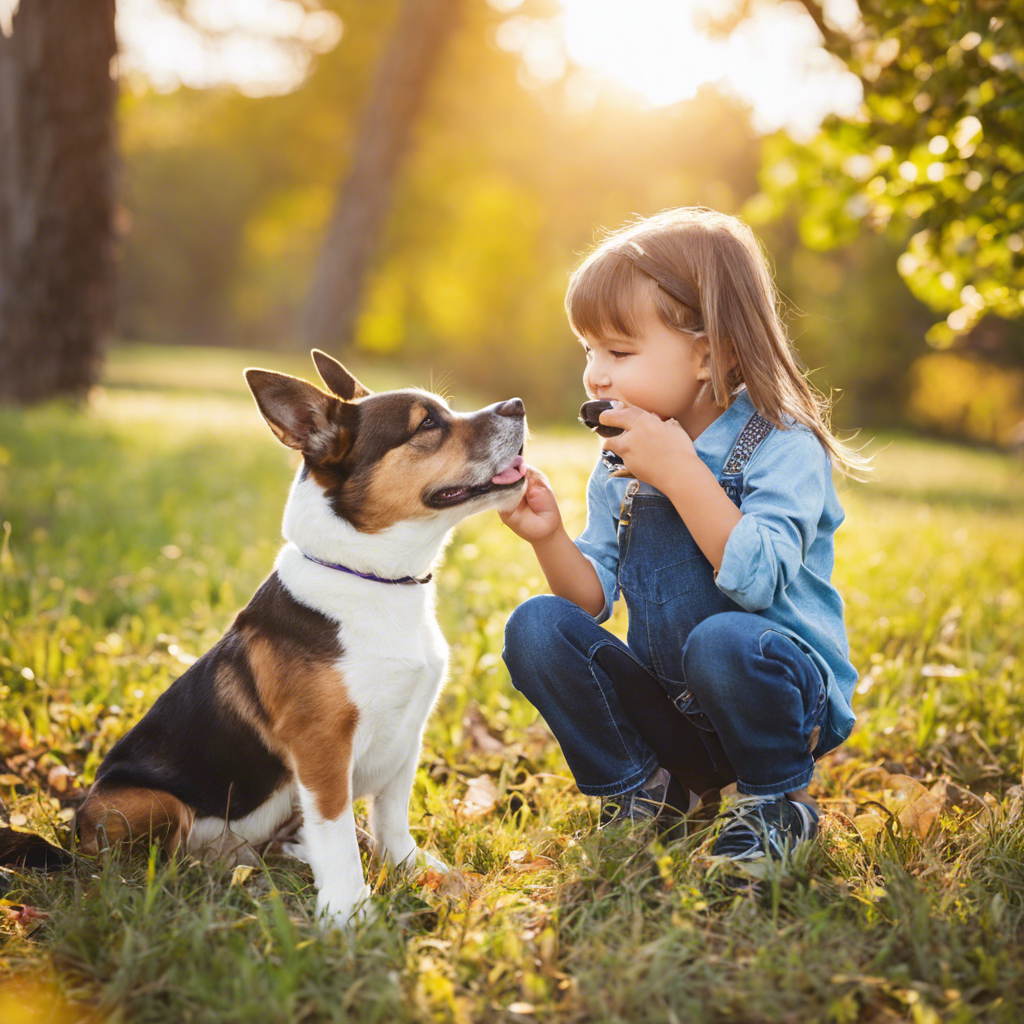Having a pet strengthens child-parent bonds and teaches children responsibility, empathy, and compassion.
Pet ownership is a popular topic among families, and with good reason. Beyond the joy of having a furry companion, pets can significantly impact the dynamics of child-parent relationships. Numerous studies have explored the positive effects of pets on children’s emotional, social, and cognitive development, but what about the relationship between parents and their children? This article delves into the world of pet ownership and its profound influence on the parent-child bond, revealing how sharing the care of a pet can bring families closer together.
From the initial decision-making process to the daily routines of pet care, parents and children embark on a journey of shared responsibility and emotional connection. Let’s explore the heartwarming and transformative effects of pet ownership on the relationship between parents and their little ones.
## The Bonding Effect
Pet ownership can create a unique bond between children and parents, fostering a sense of shared responsibility and emotional connection. When families bring a new pet into their home, it often becomes a central figure in their daily lives, requiring care, attention, and affection.
## Building Connections
### Quality Time
One of the most significant contributions of pet ownership to child-parent relationships is the quality time spent together. Whether taking the dog for a walk, playing with a cat, or cleaning the fish tank, these activities provide dedicated time for parents and children to connect. During these moments, conversations flow naturally, allowing parents to gain insights into their children’s thoughts and feelings while sharing their own experiences.
### Shared Responsibility
Shared responsibility is another key aspect of this dynamic. When parents and children care for a pet together, they learn to collaborate and support each other. Assigning age-appropriate tasks to children not only teaches them about responsibility but also makes them feel valued as essential contributors to the family’s well-being. This shared commitment can strengthen the parent-child bond and create a sense of unity.
### Emotional Support
Pets can also provide emotional support to both children and parents. Children often find comfort in the unconditional love of their pets, and this can help them navigate difficult emotions or situations. Similarly, parents may lean on their furry companions for solace during challenging parenting moments. The presence of a pet can create a nurturing environment, fostering open communication and emotional intimacy within the family.
## Learning and Development
Pet ownership offers numerous learning and development opportunities for children. It teaches them about responsibility, empathy, and compassion. Through interactions with their pets, children learn to interpret non-verbal cues, which can enhance their social skills and emotional intelligence.
###
Helping children grow through pet ownership
– Children learn about the life cycle and grief when a pet ages or passes away.
– Learning responsibility by feeding, grooming, and playing with their pet.
– Developing empathy and compassion through caring for another living being.
## Frequently Asked Questions
Here are some common questions parents often have about the effects of pet ownership on their relationship with their children:
###
How does having a pet impact my child’s behavior and discipline?
Having a pet can be a valuable tool for teaching children about responsibility and empathy. Assigning age-appropriate tasks and rewarding good behavior can help children learn the importance of caring for another living being. This shared responsibility can lead to improved discipline and a sense of accomplishment.
###
Can pets help improve my child’s social skills and self-esteem?
Absolutely! Pets can be great companions for children, providing a source of comfort and unconditional love. This bond can boost a child’s confidence and self-esteem. Moreover, pets can serve as social icebreakers, encouraging children to interact with others during walks or at the park, thus improving their social skills.
###
How can I ensure a positive pet ownership experience for my family?
A positive experience starts with careful pet selection. Consider your family’s lifestyle, preferences, and allergies. Proper training and socialization of both the pet and the children are essential. Set clear rules and expectations for pet care, ensuring that it remains a positive and enjoyable experience for everyone in the family.
## Conclusion
Pet ownership is not just about the joy of having a furry friend; it’s a powerful catalyst for strengthening the bond between parents and children. Through shared responsibility, quality time, and emotional support, pets create a unique and nurturing environment for families to grow together. As children learn about responsibility, empathy, and compassion, parents have the opportunity to guide and support them, building a deeper connection that will last a lifetime.
—
## Relevant External Links:
1. Pets and Your Health – Mayo Clinic
2. The Benefits of Pets for Human Health – Healthline
3. Pets and Mental Health – HelpGuide.org
